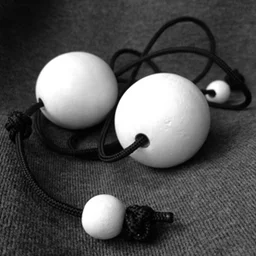precious imperfections
/There are a lot of things I love about wood. I read a great essay on wood some years ago by Buckminster Fuller. The gist of it was something about how wood, biomass, is a translation of sunlight, pounding at the earth, year after year. Instead of just bouncing off or getting absorbed and becoming heat, a portion of that light gets grabbed by the little greens.. and those little greens use the energy to make stuff, real stuff we can touch. And over the years it builds up to the point where we have whole ecosystems with big trees and animals too. His point was that it's not just some big tree... the tree actually represents decades of stored energy, like a massive biochemical spring that’s been wound up, season after season. And all the more with the coal and oil underground. And so we shouldn't be surprised by some pretty dramatic effects when eons of stored energy are released in the space of
Read More




















